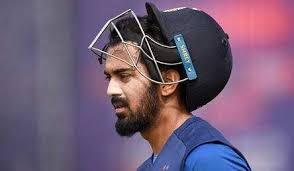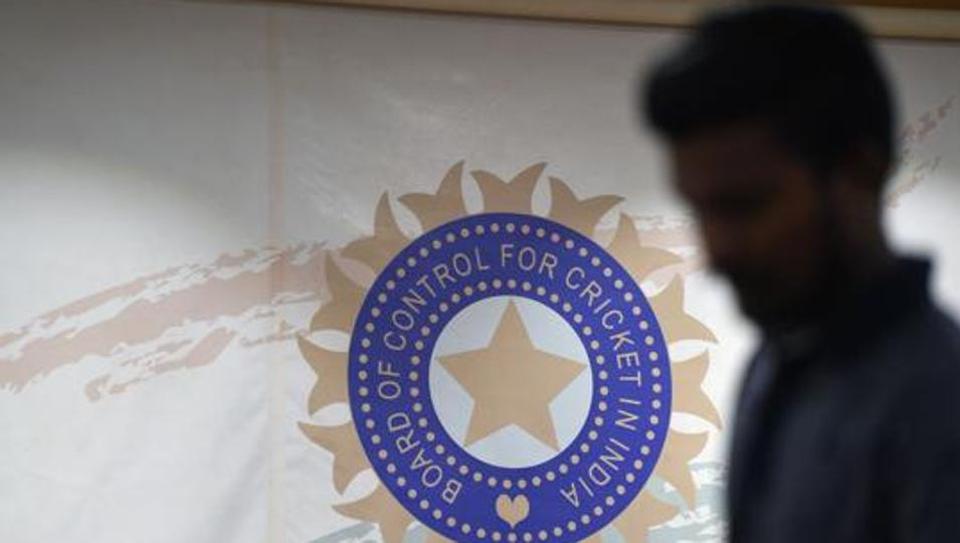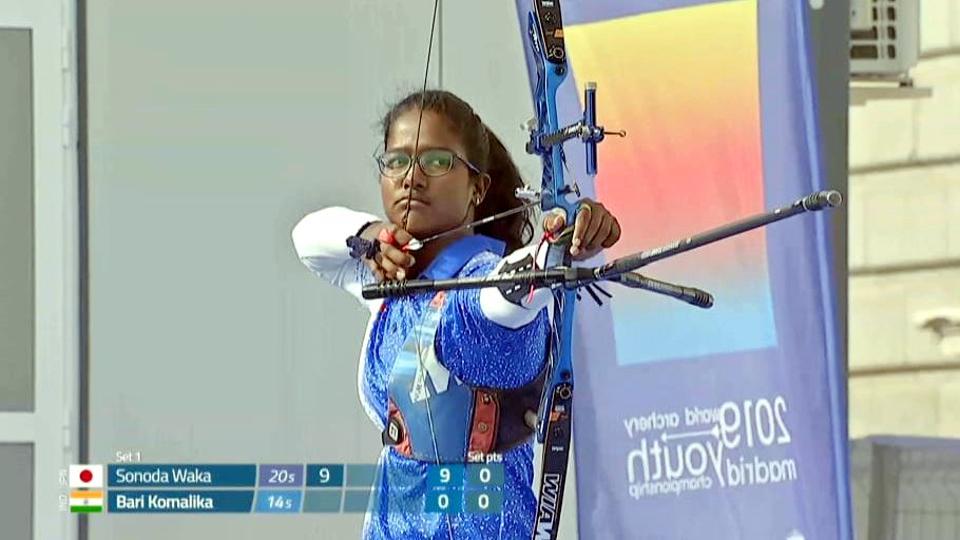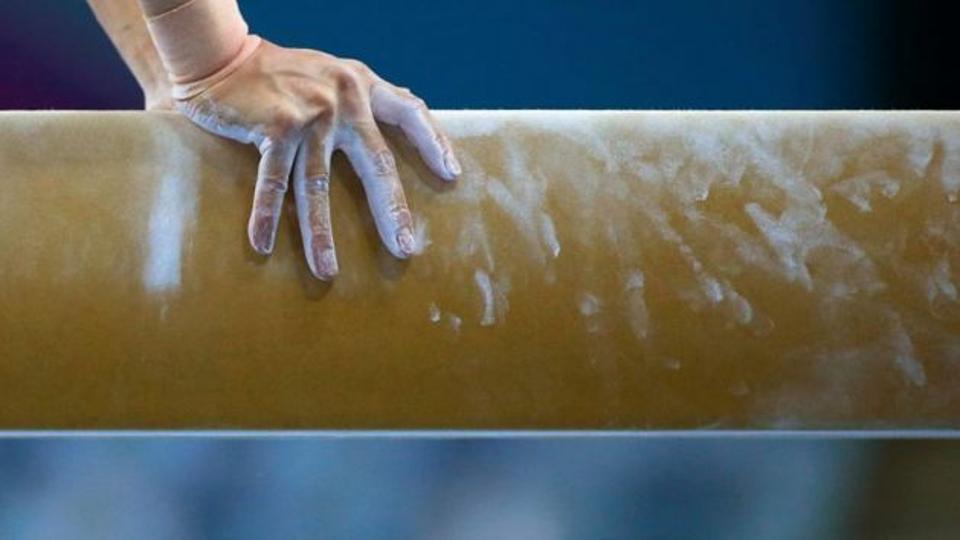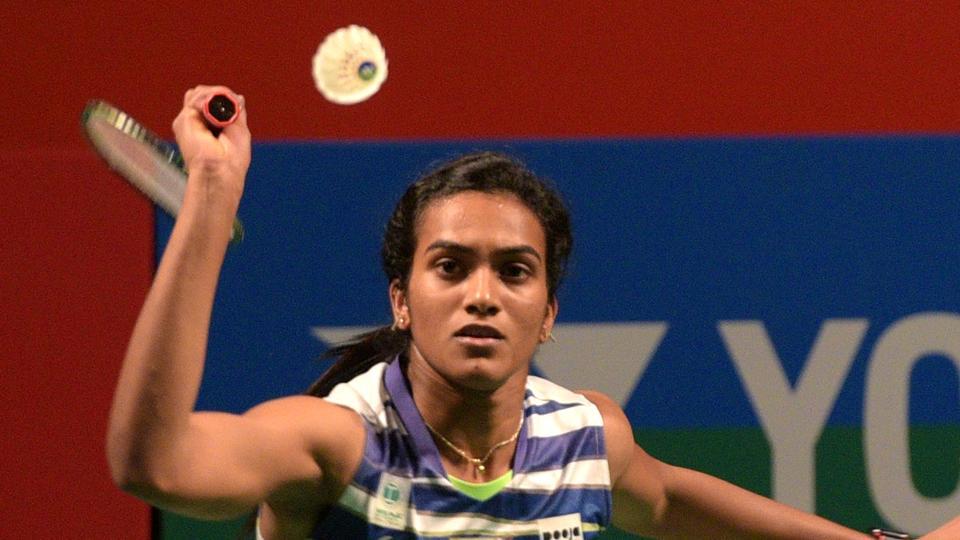With the sports ministry cracking the whip on the dope testing issue, it is as if Indian cricket has to deal with its own Article 370 moment. Indian cricket’s bubble of lofty detachment has burst and BCCI brought down to earth. Sitting on a high horse all this while, BCCI now finds to its horror the horse has been taken away.
This turnaround is attributed to a desire to follow the ‘law of the land’. But what remains unexplained is the law was always there, it wasn’t created yesterday morning, so why was it flouted for so long? Cricket officials could be innocent of understanding these sensitive matters but the Supreme Court-appointed Committee of Administrators (CoA), in office long enough for the cooling-off period to kick in, would have had a better understanding.
Also Read: ‘I prepare for the big occasions’ – Krunal Pandya | Exclusive
The ministry read out the riot act together with the law because BCCI refused to learn the lesson; it unilaterally made itself an independent body to protect its turf. BCCI remained free of state control, functioned outside the sports ministry jurisdiction, and was answerable only to it. On the National Anti Doping Agency (NADA)/dope testing issue, BCCI took the law in its hands, convinced the ‘law of the land’ did not apply. It acted in defiance till being rudely told it had no discretion in the matter.
FINANCIAL CLOUT
That BCCI chooses to fly the flag of financial clout does not sit well anymore. The Supreme Court demolished this position in great detail at the time of introducing sweeping reforms. It pointed out that cricket was of ‘national importance’, belonged to India, and its primary stakeholders were players and fans. BCCI was only a trustee and custodian, not owner or master.
To drive home the message, the BCCI constitution was amended to include good governance (covering elections, tenure, accountability) and other clauses more radical. Players were given seats in administration, at central and state level, and fans were empowered. They could now demand better facilities; even take their complaints to an Ombudsman. BCCI, in one quick stroke, was made answerable to players, fans, and to the CAG. Clearly, keeping ‘control’ over cricket would now be a challenge.
With Supreme Court setting the agenda, and the ministry insisting on following the law of the land, it is season 2 of this interesting series. The rejection of independent functioning by sports bodies is backed by public opinion and enjoys popular support. BCCI, always on a sticky wicket, is caught plumb in front, and its resultant trauma is understandable. It is the plight of someone in a dual role of player and umpire being told the game now has DRS and an independent umpire.
RTI COMPLIANCE
One down after the NADA verdict, another wicket could fall with the RTI embracing BCCI, not the other way around. For a body discharging public function—as clarified by the highest court—that enjoys multiple benefits from the state, this is a bomb about to explode. Forget law, legality and technicalities, no organisation that profoundly impacts public interest can work in a non-transparent manner. This was okay yesterday, but the wind is now blowing in the other direction—time for the ball to reverse.
Also Read: What’s this conflict of interest issue eating up Indian cricket?
It is now accepted that everyone—people/fans/players—has a right to know, and anyone with nothing to hide cannot quarrel with that. If cricket belongs to the fans, they are justified in knowing how public money is used for cricket promotion and development, for allowances and funding trips.
BCCI has its rules and constitution, but is one of many sports bodies, part of a larger framework. Starting a second innings, it must play according to rules that are set.


